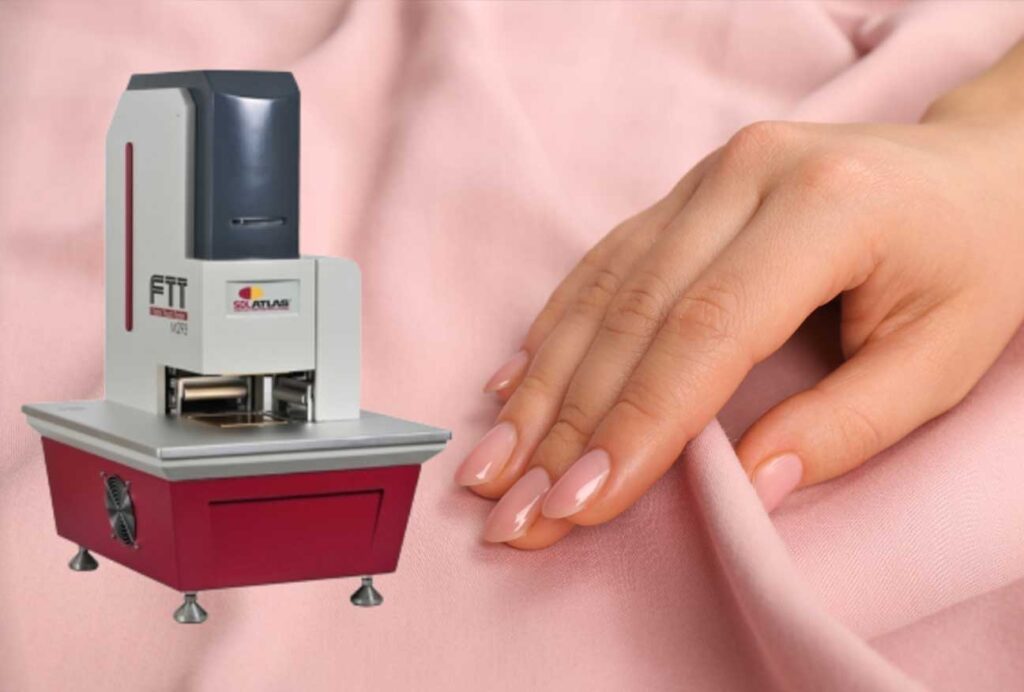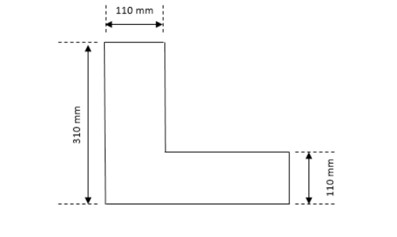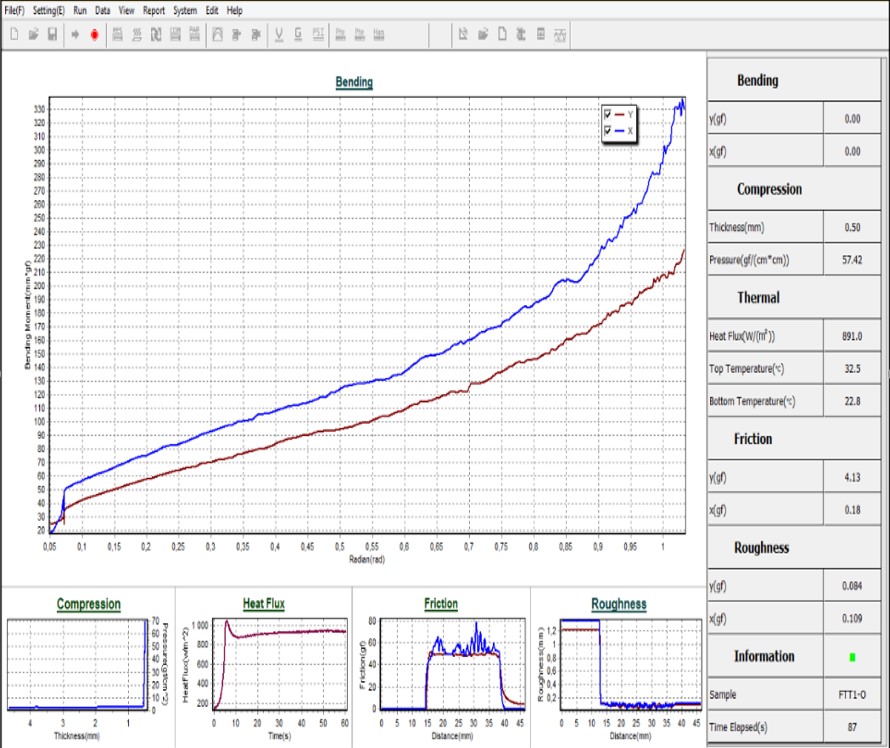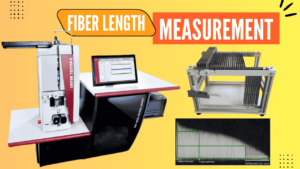Fabric Touch Tester (FTT):

Fabric Touch Tester (FTT) indices, their units and usual interpretation:
Sl. No. Fabric Property Index Full Form Unit Used in FTT Software (SI unit) Interpretation 1 Bending BAR Bending Average Rigidity gf mm rad-1 (N m rad-1) This indicates the force required to bend BW Bending Work gf mm rad (N m rad) This is the work needed to bend 2 Surface Friction SFC Surface Friction Coefficient – It expresses the coefficient of surface friction on the ribbed-plate’s surface 3 Surface Roughness SRA Surface Rough-ness Amplitude µ m (m) It expresses the roughness irregular wave amplitude SRW Surface Rough-ness Wavelength Mm (m) It expresses the roughness irregular wave wavelength 4 Compression CW Compression Work gf mm (N m) The amount of Work required to compress the specimen CRR Compression Recovery Rate – This is the change in the Percentage of thickness after compression CAR Compression Average Rigidity gf mm-3 (N m-3) This is the amount of force required to compress the specimen RAR Recovery Average Rigidity gf mm-3 (N m-3) This is the force reflected during recovery of the specimen CRR Thickness Mm (m) This is the thickness of the specimen 5 Thermal Conductivity TCC Thermal Conductivity under Compression 10-3 W m-1 °C-1 (W m-1 °C-1) It is the energy transmitted during the compression of the specimen TCR Thermal Conductivity under Recovery 10-3 W m-1 °C-1 (W m-1 °C-1) It is the energy transmitted during the recovery of the specimen Qmax Thermal Maximum Flux W mm-2 (W m-2) It is the max energy trans-mitted during the time of compression
Sample Preparation and Working Method:

Machine Description:
Result and Data Analysis:


Evaluation of Fabric Touch Tester (FTT):
References:



